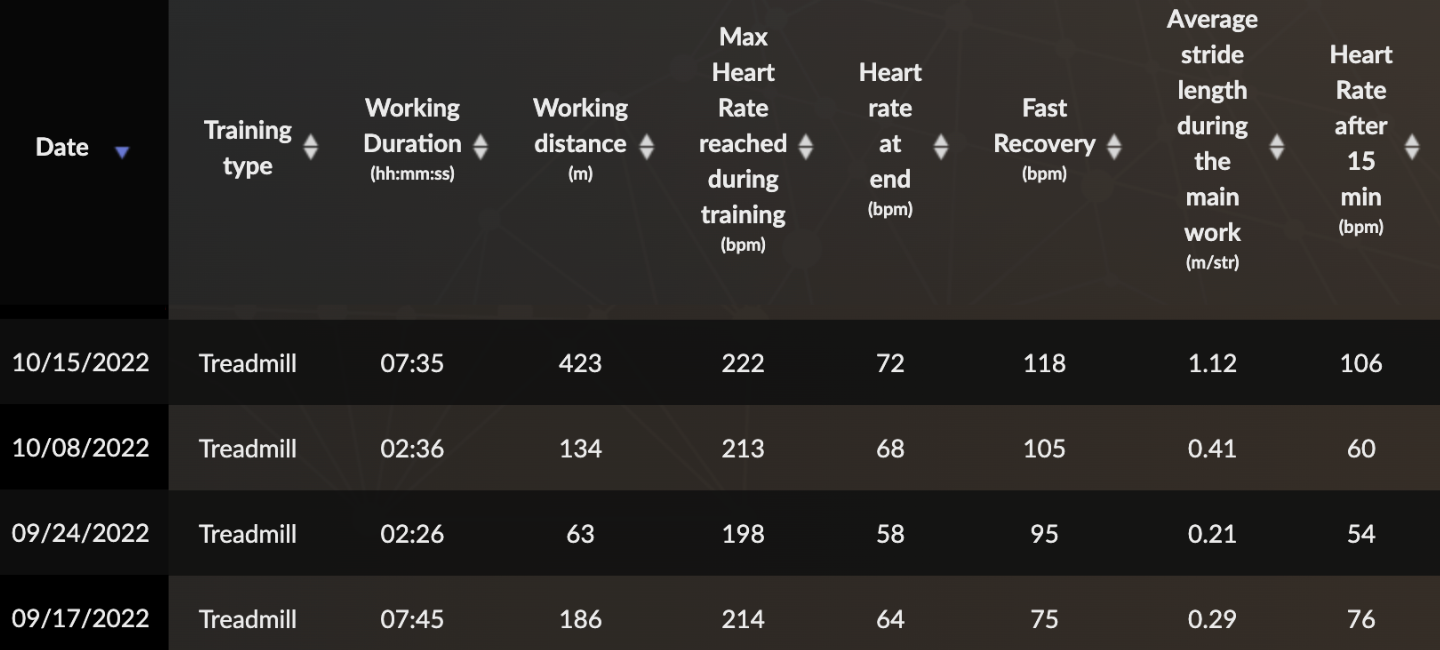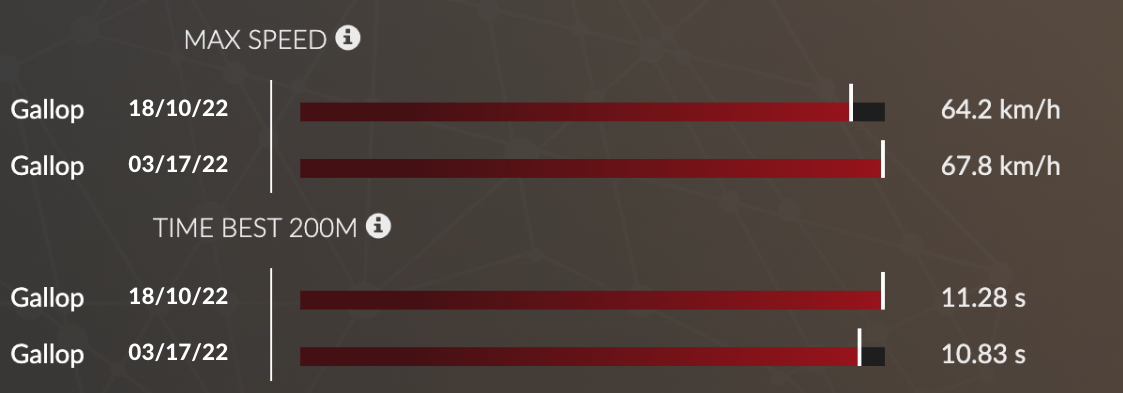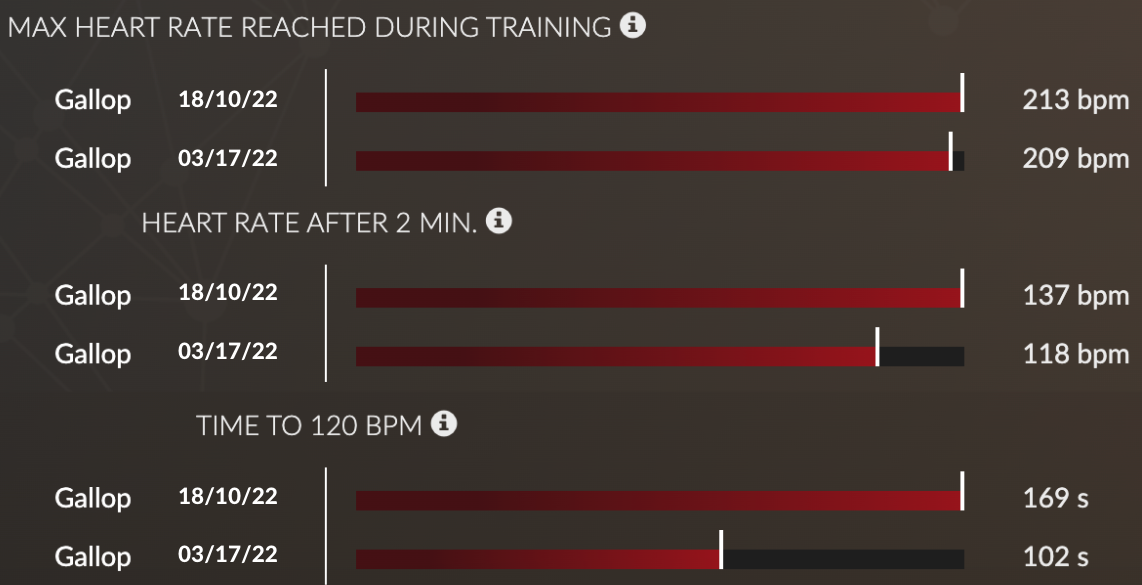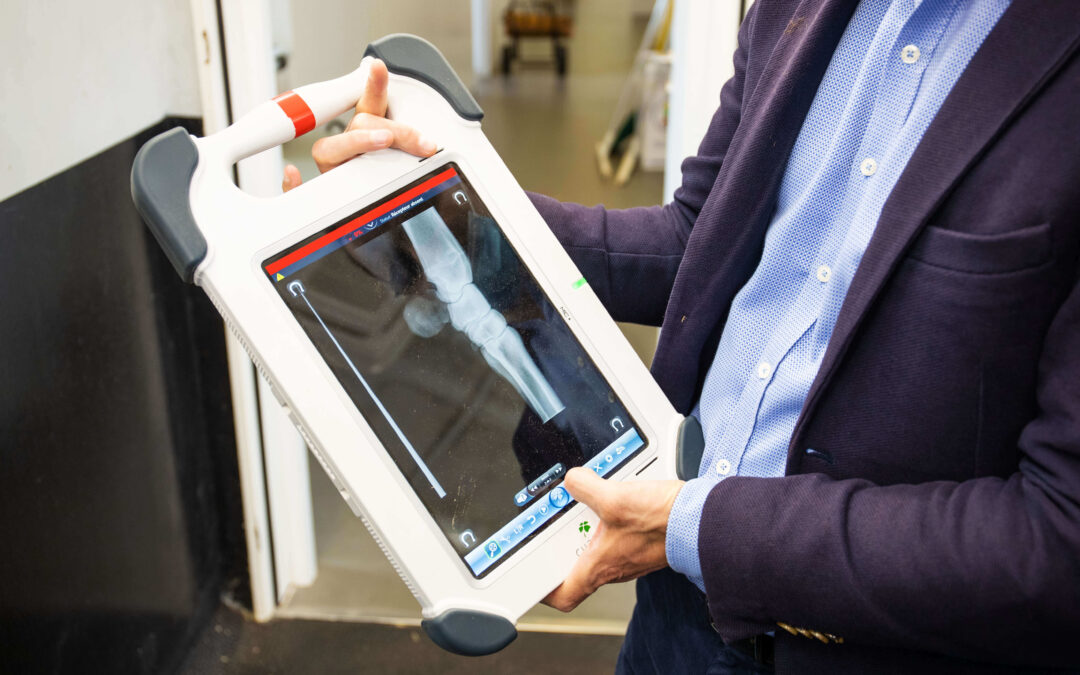The rehabilitation protocol is an integral part of a sport horse’s life, as it is exposed to many physical and athletic efforts. These demands sometimes result in injuries affecting health, well-being and performance. Treatment must then be provided, requiring a rehabilitation protocol to optimize the horse’s return to work.
But how can data be involved in the rehabilitation process? How to interpret the data in the evolution of the protocol?
What is a rehabilitation protocol?
What is it used for?
The rehabilitation protocol is vital to the horse’s well-being and recovery. This protocol can be introduced after an injury or a period of prolonged inactivity. As with the human rehabilitation protocol, the objective is to restore the horse’s optimal functionality, while minimizing the risk of relapse.
This systematic process is designed to promote complete healing, muscle and joint recovery, and progressive rehabilitation through exercise. The horse rehabilitation protocol comprises several key elements. Firstly, it involves thoroughly assessing the horse’s condition, including identifying the underlying injury or condition. Based on this information, an individualized rehabilitation plan is drawn up, taking into account the horse’s specific needs and stage of recovery.
What’s in a protocol?
The protocol may include specific and adapted exercises, such as physiotherapy sessions, muscle-strengthening exercises, stretching and massage. Gradual resumption of training is also essential, starting with light exercises and gradually increasing the intensity and duration of physical activity.
It’s essential to consider the type of injury so that exercises can be adapted to suit it. In addition, pain management techniques, dietary modifications and environmental adjustments can be incorporated into the protocol to maximize rehabilitation results, while keeping the horse’s morale positive.
Why follow a rehabilitation protocol?
The benefits of following one
Following an equine rehabilitation protocol has many advantages and plays a crucial role in the health and well-being of horses.
It enables a complete and adequate recovery from injury. By following an established and specific rehabilitation plan, horses benefit from tailored exercise and care that promote the healing of damaged tissue, reduce inflammation, and strengthen affected muscles and joints. In the long term, this minimizes the risk of complications and improves the horse’s functional capacity, thereby avoiding the risk of further injury.
Another significant advantage of following a rehabilitation protocol is the prevention of relapses. By gradually re-adapting the horse to exercise, strengthening vulnerable areas and optimizing his overall physical condition, the rehabilitation protocol reduces the risk of injury recurrence or related health problems. It enables the horse to regain its previous performance and resume its activities, whether leisure riding or competition, in a safer and more sustainable way.
The risks of not doing one
On the other hand, not following a rehabilitation protocol can have serious consequences for the horse’s health. Taking such a risk can significantly increase the risk of relapse, long-term complications and the length of time the horse will be out of action. An untreated or poorly rehabilitated injury can lead to a deterioration in the horse’s abilities, which can affect its career and sporting performance.
Furthermore, a lack of appropriate rehabilitation can lead to a deterioration in the horse’s general physical condition, muscular asymmetry and weak body structures. Missing a rehabilitation deadline not only reduces the horse’s performance but also increases the risk of future injury. Neglecting rehabilitation, therefore, risks compromising the horse’s long-term health, well-being and abilities.
How can data be included?
What can they be used for within the protocol?
Data plays an essential role in a rehabilitation protocol, providing a solid basis for evaluating and monitoring the horse’s progress throughout the rehabilitation process. It enables informed decisions to be made, treatments and exercises to be tailored to the horse’s specific needs, and overall rehabilitation results to be optimized. The data collected in this rehabilitation protocol can be of various types, from medical data, such as the diagnosis of the injury, the horse’s medical history, to examination and imaging results.
This information can be used to draw up an appropriate, targeted rehabilitation plan. Obtaining data and scientific information also makes it possible to progressively quantify the healing or deterioration of an injury. In this way, using figures, it is possible to adapt a protocol more easily and effectively to each individual horse.
What types of data can be collected?
Biomechanical data can be collected to assess the horse’s locomotion and function, such as measurements of movement symmetry and load distribution. These data help to identify imbalances and movement problems, enabling the design of specific exercises and rehabilitation techniques to correct these anomalies. This is the purpose of locomotion quantification tools such as EQUISYM. It enables locomotor data to be collected and traced over the long term, making it easy to compare examinations.
In addition, physiological data can be recorded, such as heart rate, respiration and stress levels, to monitor the horse’s response to effort and rehabilitation. Recovery is also an excellent indicator to monitor. Indeed, it is one of the main clues to the horse’s overall state of fitness, as well as its ability to withstand an effort or not. Connected measurement tools can provide these answers. Arioneo’s EQUIMETRE VET collects a wide range of data, including Heart Rate (HR), Maximum HR, HR after exercise, and HR 15 minutes after exercise, thus qualifying the horse’s level of recovery.
Protocol monitoring with EQUIMETRE VET
Arionea is a 4-year-old mare who had a promising 3-year-old season over 1100m. Following an injury, she underwent back surgery in April 2022. Her last work before the operation (dated 17/03 on the platform) and the various steps of her rehabilitation – on the treadmill and in training from September 17 to October 15 – were monitored with EQUIMETRE VET.

During her return to training, and thanks to the data collected by EQUIMETRE, the team was able to identify areas for improvement: she achieved better times over 200M and had a better strength length at 60km/h.



Nevertheless, this return to training also shows gaps and losses of capacity, with heart rates higher than before the operation. However, she finished 2nd in her first postoperative race, showing that the whole rehabilitation protocol had been carried out correctly, choosing the most suitable time for a return to competition.
Conclusion
Applying a data-driven equine rehabilitation protocol is an essential approach to promoting the well-being and optimal recovery of horses. Data provides a solid basis for evaluating, monitoring and adjusting treatments and exercises to the specific needs of each individual horse. Using medical, biomechanical, physiological and behavioural data, it is possible to design individualized rehabilitation plans, aimed at restoring the horse’s optimal functionality while minimizing the risk of relapse.
SOURCES :
ECOLE NATIONALE VETERINAIRE DE LYON REHABILITATION DU CHEVAL CONVALESCENT THESE. (n.d.). Available at: https://www2.vetagro-sup.fr/bib/fondoc/th_sout/th_pdf/2003lyon045.pdf [Accessed 12 Jun. 2023].
Keywords: rehabilitation protocol, injury, training, heart rate, EnvA, CIRALE
Photo credit @Scoopdyga


